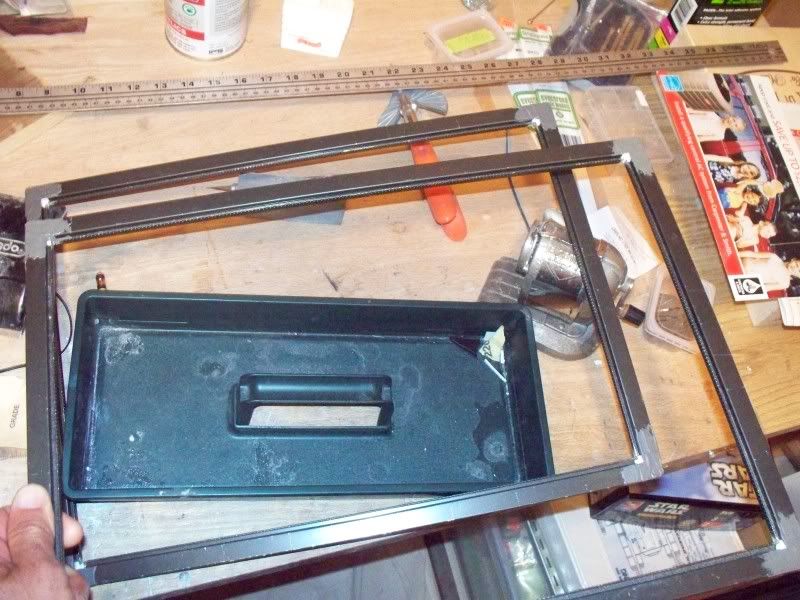3d-builder
Sr Member
This is the smallest model I ever made parts for so far,
the goal is to make it smaller but still look very similar
to the SS A-wing.
I found the old toy up in the attic that was released in the 90's,
I still had it in the box, and decided it was a real nice scale and a very
decent toy. I liked the shape of the hull and thought the shape of the engines
were perfect.Other things were kind of toy'ish but that's why it's a toy!:lol It also turns out to be just about 2x's bigger than the old snap kit released in the 80's of the A-wing.
Most of the parts were made from styrene and clay for vacuum forming.

the goal is to make it smaller but still look very similar
to the SS A-wing.
I found the old toy up in the attic that was released in the 90's,
I still had it in the box, and decided it was a real nice scale and a very
decent toy. I liked the shape of the hull and thought the shape of the engines
were perfect.Other things were kind of toy'ish but that's why it's a toy!:lol It also turns out to be just about 2x's bigger than the old snap kit released in the 80's of the A-wing.
Most of the parts were made from styrene and clay for vacuum forming.

Last edited:


































































